For those looking to buy or sell wood, words like rick and full, face, or bush cord are fairly common. However, some parts of the country are unfamiliar with these terms and end up buying the wrong varieties of wood or paying exorbitant prices for small quantities and imperfect logs of wood.
To avoid making the same mistake, understand the firewood terminology used in your locality and calculate roughly how much wood you need for the upcoming season. Although the math is not that difficult, remember you cannot buy and get away with a few firewood logs.
It would help if you determined how many logs you use daily and how many can be transported easily and stored without damaging them throughout the season. Read more to understand the difference between rick and cord of wood.
Rick and Cord of Wood
An eight-foot wide, four-foot-tall, and four-foot deep stack of firewood is called a cord (or full/bush cord). This tightly packed firewood, when split into different sections, is referred to as ricks or face cords.
Even though these terms are used interchangeably sometimes, a rick is typically one-third the size of a full cord. So, about three rows of ricks are stacked to make one full cord.
The term cord originally came from the rope that was used to secure the stored wood stacks. Like the cord, a rick is also eight feet wide and four feet tall, but it is only 16 to 18 inches deep. These logs are further split into smaller pieces, depending on the length of your fireplace.
Splitting wood into ricks is quite labor-intensive, and additional efforts are needed to weather and stack wood appropriately for best results. To cut the wood precisely, use a marker and cross-cut or split it into logs using a chainsaw.
Make a tarp to place wood and cover it, but leave some space to avoid complete coverage that might lead to the formation of mold and mildew. If you are unsure of taking on this task, you can always purchase wood before the cooler months.
Buying Firewood
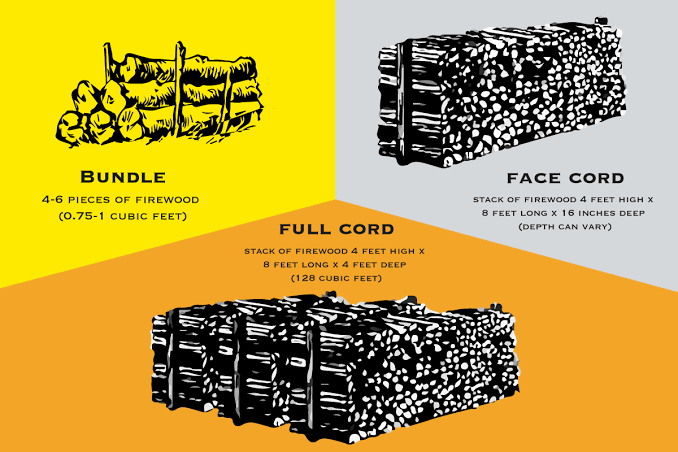
The official term used while buying wood is ‘cord’ since it is the dry volume of firewood, whereas rick is also used as a measurement to describe the volume of wood in a defined area.
Unlike 128 cubic feet of cord, the number of logs you get in a rick may be inconsistent. The cost of risk varies according to the wood thickness, split factor, cleanliness (no fungal or mold growth), and time of the year (as prices rise during winters).
With every passing year, the cost of firewood is increasing, so if you want to save on this purchase, remember to self-pick greater volumes of logs when they are wet and much before cooler months.
Also note clean-cut hardwood is more expensive than softer versions since they take longer to dry, and kiln-dried varieties are costlier than seasoned firewood.
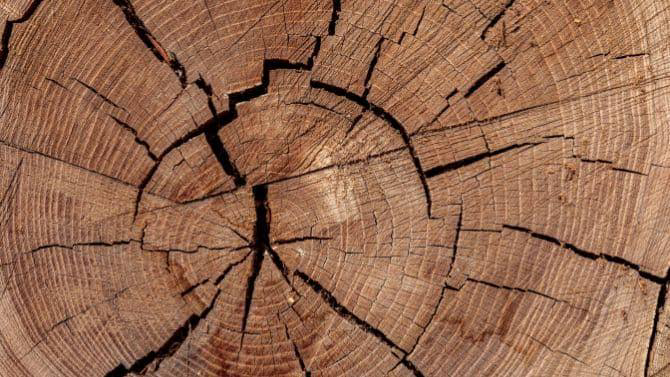
To ensure you get the best quality of firewood, look for significant signs like wood buoyancy, cracked or split ends, sliding bark, hollow sound, gray color, and odorless pieces that ensure they have been dried and weathered correctly.
Depending on the seller, a face and full cord of wood could have the same volume and cut along similar lengths. However, some cords vary in weight based on the type of wood, its dryness, and how well it is seasoned.
If you have a large fireplace where no air restriction devices are installed, the full cord can continuously burn for seven days, and if you buy 3 sets of face cords, the lot can roughly last for a month. You can also use an estimate of logs burnt per day to decide how much wood you need to fulfill your heating requirements.
Tip: Typically, a cord of firewood can last for 6 to 10 weeks or a maximum of 3 months.
Seasoning and Storing Wood

To ensure wood creates enough energy without emitting too much smoke, it is important to season wood – whether you buy or split your logs.
Factors like wood type, thickness, and weather impact seasoning, so be sure to check for moisture loss and the formation of cracks.
Once you season them, bring the wood logs outdoors and organize them in 12-foot racks. Remember to keep older logs up since they will rot faster if unused.
Plus, if you decide to store wood indoors, bring only a small number of logs, place them near the fireplace, and use them soon.
Final Thoughts
Firewood is an excellent, affordable heat source, and there is nothing better than getting cozy around the fireplace during winter months.
Besides, now that you understand the difference between a rick or face cord and a full cord, you can confidently purchase the required amount to survive the chilly season.
However, if you plan to split wood independently, ensure you implement safety measures and gather the necessary tools and skill set to accomplish the task. Otherwise, you can plan to buy firewood, check the quality, and calculate estimated costs to buy firewood that will effectively survive the season.
Frequently Asked Questions
Roughly how Heavy is a Rick of Wood?
Although there is no universal measure for a rich, dense wood weighs 5500 pounds per cord, and lighter trees like spruce weigh about 2500 pounds. So, a low-density rick is 625 to 850 pounds.
What is the Approximate Cost of a Rick of Wood?
The cost of wood generally varies across suppliers. However, a rick of wood could range between $150 to $250, excluding delivery fees. Some sellers charge extra for stacking wood, so remember to check rates in advance.
Be sure to check out these other posts for more fascinating insights:


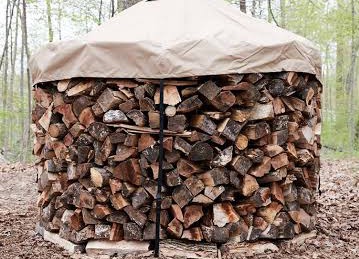
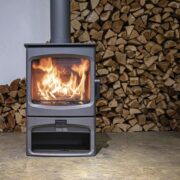



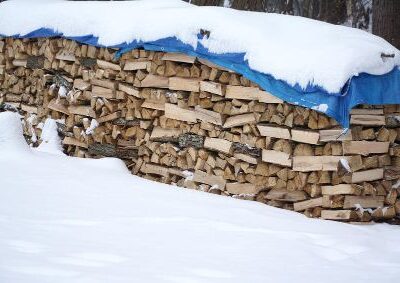


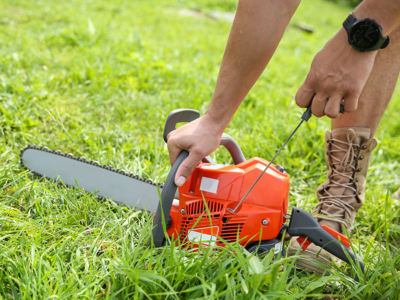
Comments